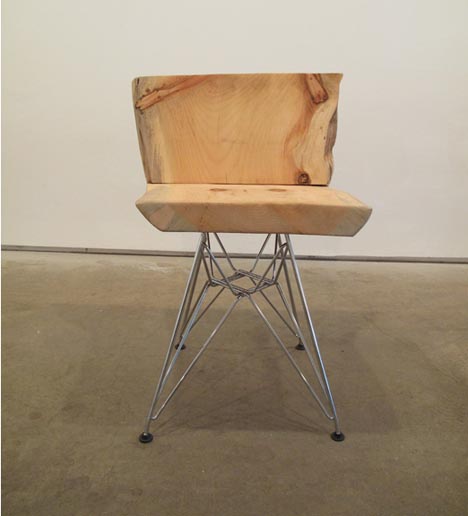


The lower part of the cerebellum (tonsils) is displaced into the upper spinal canal.Ĭhiari malformation type 2 is nearly always associated with a form of spina bifida called myelomeningocele. If you or your child has any of the signs and symptoms that may be associated with Chiari malformation, see your doctor for an evaluation.īecause many symptoms of Chiari malformation can also be associated with other disorders, a thorough medical evaluation is important.Ĭhiari malformation type 1 occurs when the section of the skull containing a part of the brain (cerebellum) is too small or is deformed, thus putting pressure on and crowding the brain. This type of Chiari malformation has a higher mortality rate and may also cause neurological problems. This form of Chiari malformation is diagnosed at birth or with an ultrasound during pregnancy. In the most severe type of the condition, Chiari malformation type 3, a portion of the lower back part of the brain (cerebellum) or the brainstem extends through an opening in the back of the skull. It may also be diagnosed after birth or in early infancy.

In myelomeningocele, the backbone and the spinal canal don't close properly before birth.Ĭhiari malformation type 2 is usually noted with ultrasound during pregnancy. The signs and symptoms can include those related to a form of spina bifida called myelomeningocele that nearly always accompanies Chiari malformation type 2. In Chiari malformation type 2, a greater amount of tissue extends into the spinal canal compared with that in Chiari malformation type 1.

Breathing problems, such as central sleep apnea, which is when a person stops breathing during sleep.Curvature of the spine (scoliosis) related to spinal cord impairment.Ringing or buzzing in the ears (tinnitus).Less often, people with Chiari malformation may experience: Difficulty swallowing, sometimes accompanied by gagging, choking and vomiting.Numbness and tingling of the hands and feet.Poor hand coordination (fine motor skills).People with Chiari malformation type 1 can also experience: They generally occur after sudden coughing, sneezing or straining. Headaches, often severe, are the classic symptom of Chiari malformation. In Chiari malformation type 1, signs and symptoms usually appear during late childhood or adulthood. The more common types of Chiari malformation are:Īlthough these types are less serious than the rarer pediatric form, type 3, signs and symptoms still can be life disrupting. However, depending on the type and severity, Chiari malformation can cause a number of problems. Their condition is detected only when tests are performed for unrelated disorders. Sarah Escue’s poems are a flame on the tongue, a hymn to unity.Many people with Chiari malformation have no signs or symptoms and don't need treatment. Robert Eric Shoemaker Through permutations of the elements into language, the generation of sentience submerged into matter, and the alchemy of decay, the incantatory lyrics of Bruised Gospel find "rebirth through refuge," taking up "again this body / occupied by many mouths," becoming "glass shattered," or dissolving, however transiently, ‘into this tilted hour.’ - Jonathan Simkins If, in this unfolding new year, I can find the faith to pray again, it will be a bruised prayer, and if I find the voice to share the good news, it will be a bruised gospel. Like stardust in the alpine dew, Bruised Gospel proclaims the reworking of potential into energy, picking up dead lines and branches to weave a wreath, a collage, a photograph, a poem. Escue writes the image at the edge: of birth and death, plain and forest, water and shore. Emma Bolden Bruised Gospel takes notes from Sylvia Plath, weaving baskets out of broken thatch, making a toy out of a misshapen chair, reclaiming identity through deconstruction. Like Louise Glück’s work, these delicate yet deliberate poems transform image into meaning, recording the moment of realization and leaving the reader more fully alive. Escue bridges the tender and the terrible, exploring and examining the sadnesses and slow glories that bind us together.


 0 kommentar(er)
0 kommentar(er)
